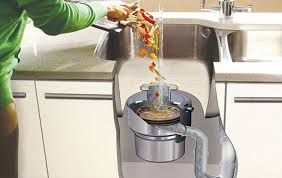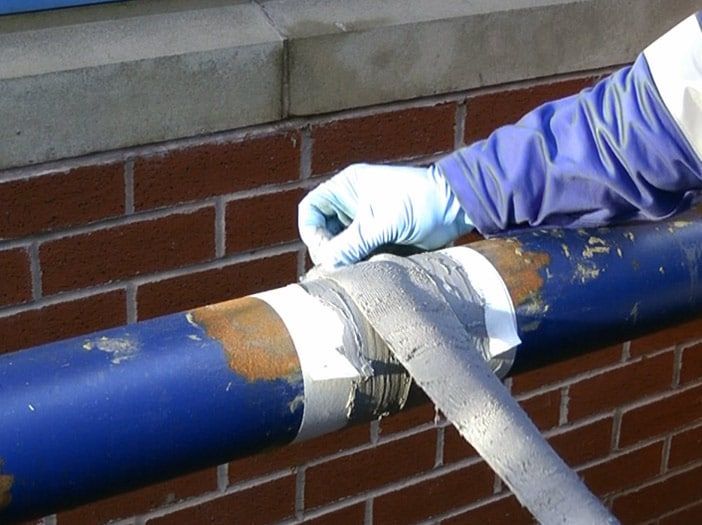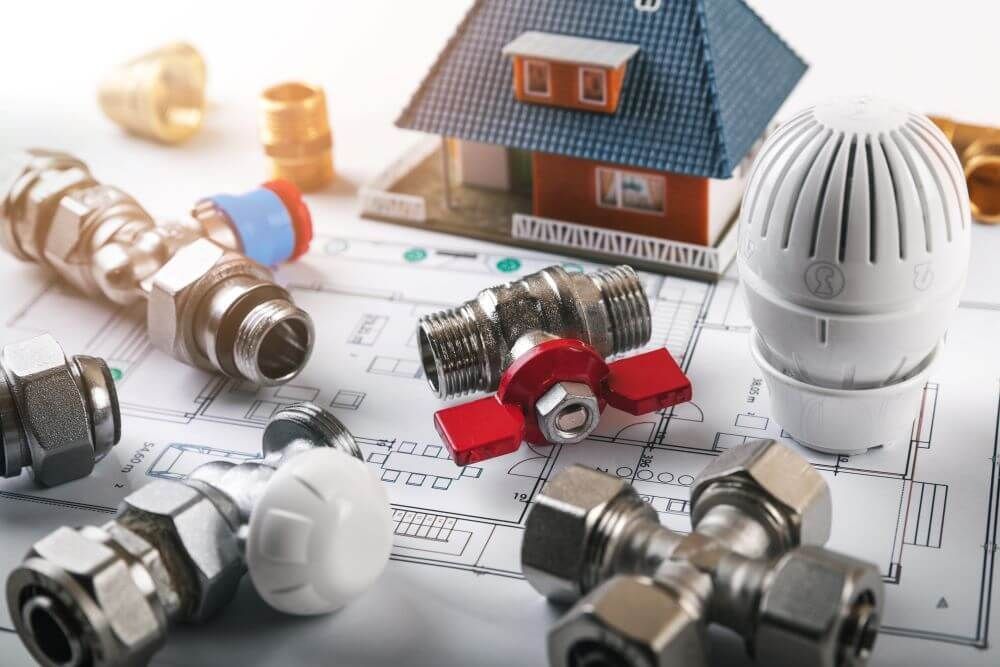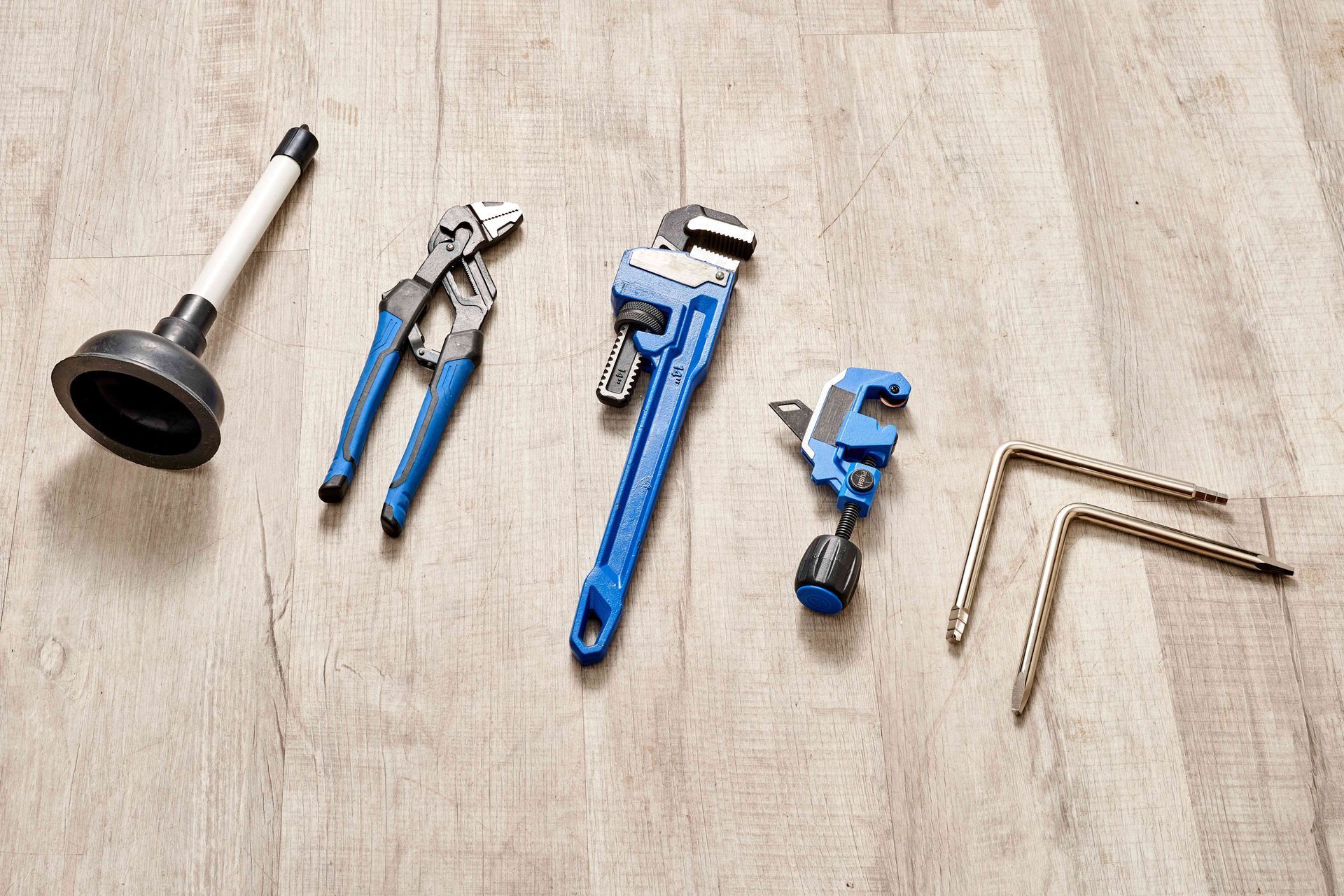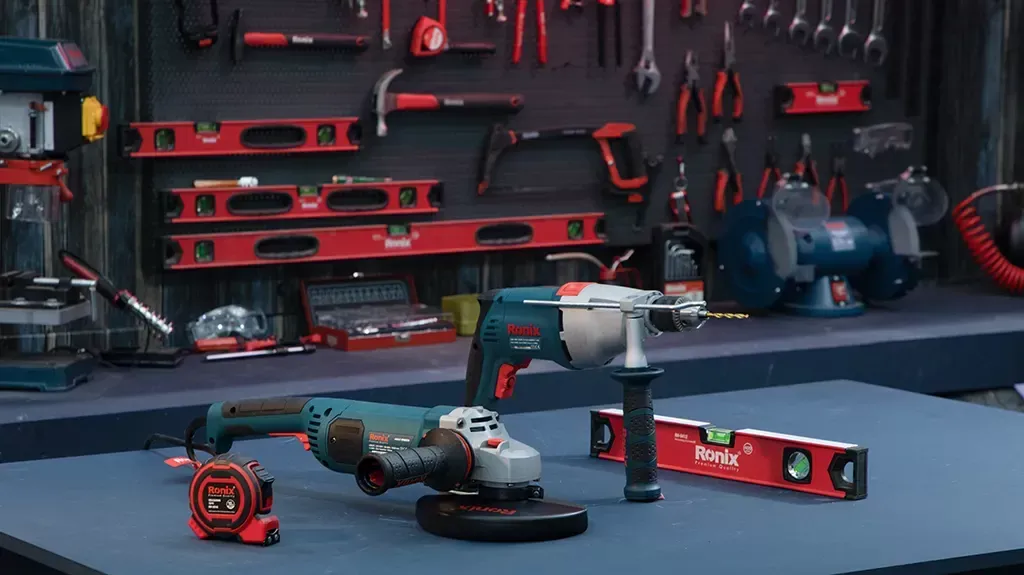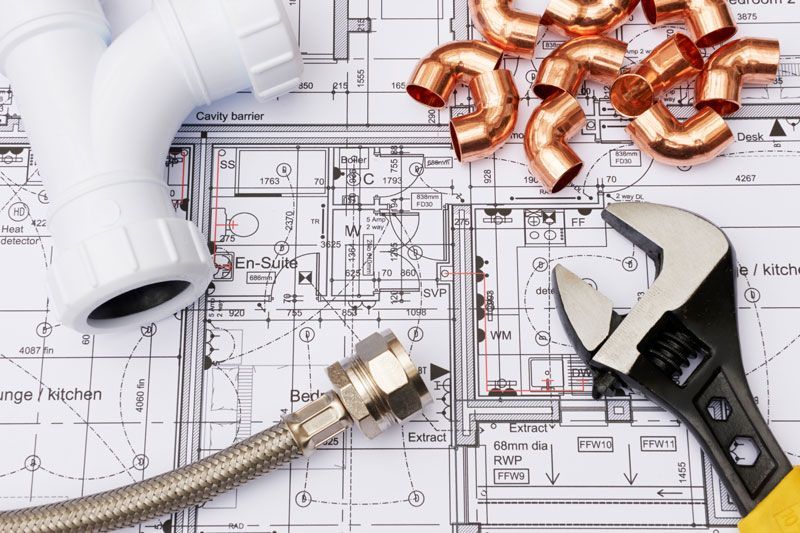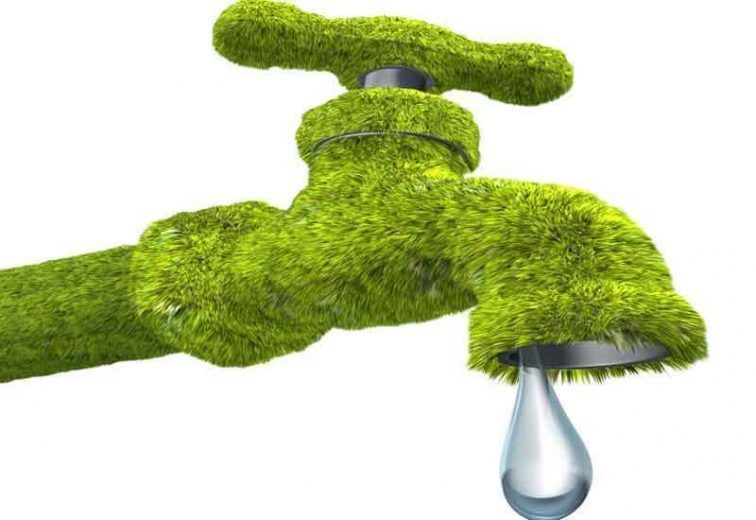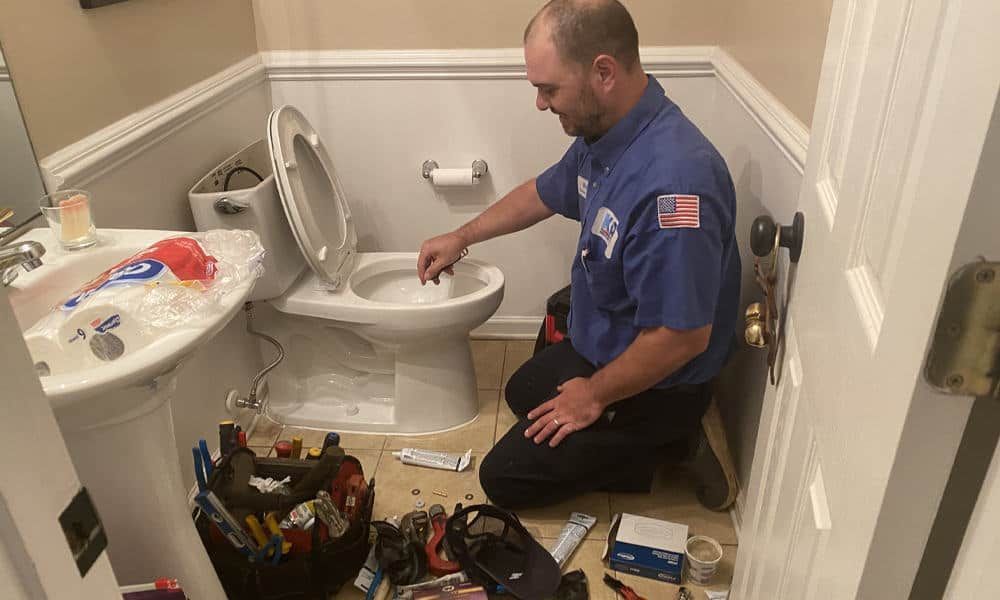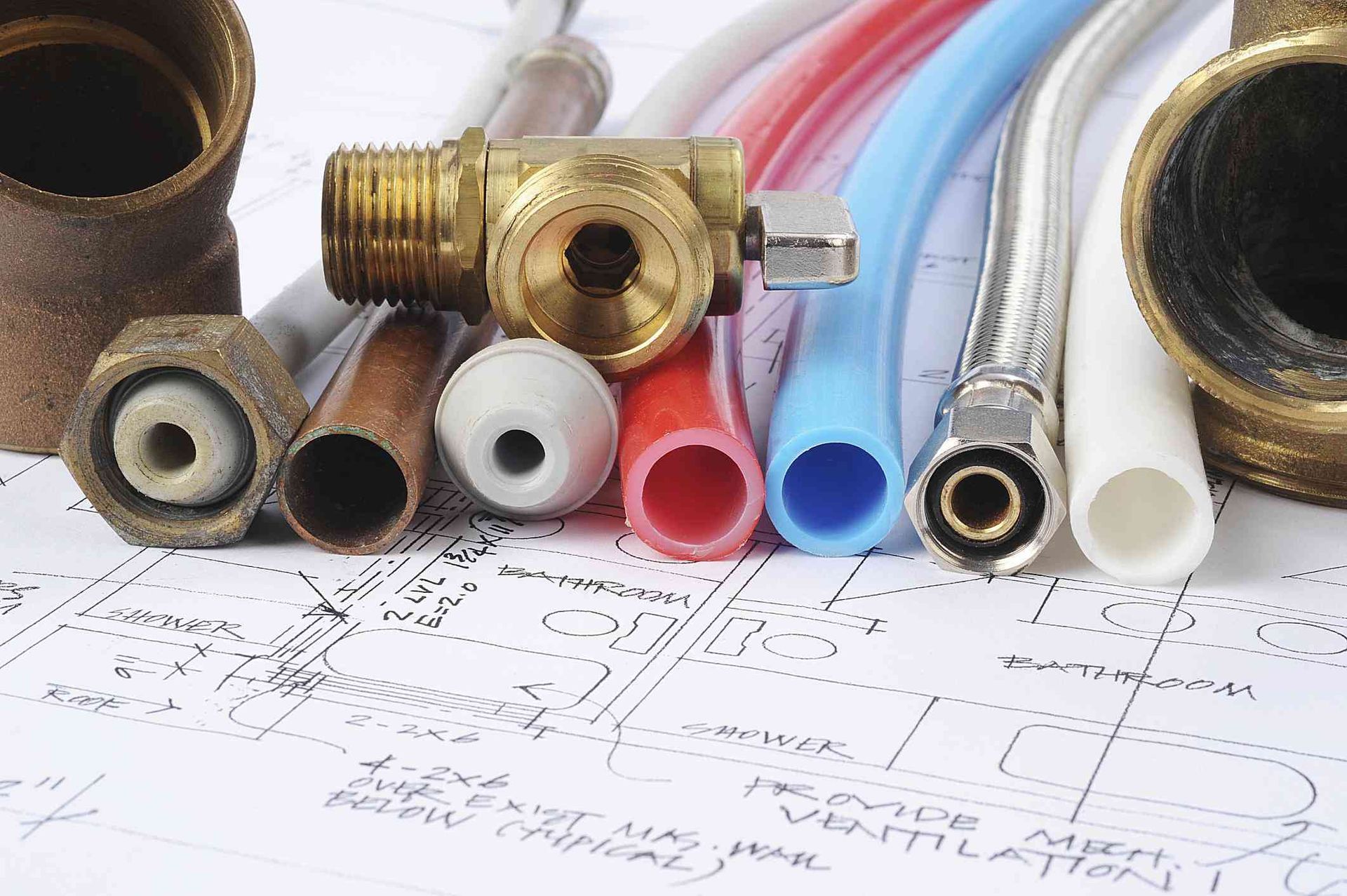A Guide To Water Heaters
A Guide To Water Heaters

In this guide, you will get all the necessary information about water heaters. Here is what we are going to cover below:
- How do you know that it’s time to replace your existing water heater?
- What crucial features should you pay attention to when choosing a new water-heating appliance?
- What are the five types of water heaters available today?
- Where can you purchase a water heater?
We’ve broken down the topic into several parts to sort out the information in the most helpful way. Whether you’re choosing your first water heater or thinking about replacing the existing one, this very detailed guide will answer all your questions!
PART ONE: WHEN IS IT TIME TO REPLACE A WATER HEATER?
There are four main reasons for replacing a water heater:
- If it’s leaking;
- If it does not heat water like it used to;
- If the warranty is out;
- If it does not fit the updated building codes.
Let’s take a deeper look at each case.
1. YOUR WATER HEATER IS LEAKING.
When your water heater starts to leak, you should call a plumber to inspect the issue and fix it if it’s possible. Sometimes the leakage can be too bad, caused by damage beyond repair. In this case, your best option is to get a new water heater instead of trying to fix it to no avail.
2. YOUR WATER HEATER DOES NOT FUNCTION PROPERLY.
For a number of reasons, a water heater may stop functioning properly. It may stop heating water the way it used to, for instance. If that happens, you should call for a technician or request a guaranteed repair. If the problem can not be fixed, then it’s time to look for a new water heater.
Or maybe your water heater is just not powerful enough to heat water for an increased number of people in the house. If this is your case, you will need to find a bigger tank for a storage tank model or get a more powerful tankless water heater.
3. THE WATER HEATER’S WARRANTY IS OUT.
When your water heater’s warranty period expires, maybe it’s time to look for an upgrade. Let’s say you’ve been using a water heater with a 12-year warranty. After these twelve years, not only can you no longer count on a warranty fixing of your water heater, there are chances that the unit itself is reaching its lifespan limit. During the past twelve years, the water heater may well have become obsolete and is no longer meeting the modern-day energy-efficiency standards making you pay too much for electricity. If your water heater has served you that long, you know that it’s time to look for a newer model.
4. YOUR WATER HEATER NO LONGER MEETS YOUR BUILDING CODES REQUIREMENTS
Sometimes that happens – building codes get updated, making your water heater unfit for use in your local area. Our recommendation is to stay up-to-date with the building codes of the community you live in.
PART TWO: THE BASIC FEATURES TO LOOK AT
When choosing a water heater, there are six basic parameters that make a difference.
1. CAPACITY
The amount of water your future water heater will heat and store is crucial and is in straight relation with the number of people living with you. If the tank of your water heater model is not large enough to serve the needs of all your family members during the day, it may suddenly run out of hot water while in use. Although, because each individual has their own way of using water, coming up with the proper tank size may be difficult.
But there is a way to solve the problem sort of mathematically. To do that, you will need to multiply the number of your family members (including yourself) by twelve. Thus you will get your family’s First Hour Rating. For instance, four persons’ FHR equals 48 gallons. Knowing your family’s FHR, you will be able to choose the right tank size.
FHR-method also applies for tankless water heaters size options.
2. ANTI-SCALE SYSTEM
Minerals that tend to build up in plumbing systems may reduce appliances’ lifespan. For that reason, manufacturers sometimes choose to equip water heaters with anti-scale systems. Such a device is placed at the bottom of a tank and moves to constantly disturb the water. When water is stagnant, mineral scales build up in larger amounts, so to prevent this, the water must be disturbed – so that’s what an anti-scale system is for. However, this function may seem redundant since there is a number of other things that can reduce a water-heating unit’s lifetime. So our recommendation is to go for a model with a long-term warranty.
3. WARRANTY
As a matter of fact, a longer-period warranty is something to look for in any costly appliance you’re planning to buy. As sadly as it seems, things get broken from time to time. That is why it is so important to have a guaranteed opportunity to ask for a free-of-charge repair, replacement, or refund. Since a water heater is one of those units you are heavily dependent on in everyday life, your best bet is to find the best warranty option. The shortest warranty for a water heater is only two years. At the same time, the longest warranty offer is 12 years.
4. DIGITAL CONTROL PANEL
A digital control panel is a very convenient feature. Such a panel will let you monitor and regulate settings with ease. For instance, you can control the water output and temperature. Some more elaborate models even have a timer function that will let you set the hours for your water heater to operate or turn off should you be away for a couple of days or longer. If a water heater has no digital display, it’s no big deal, really. After all, it will still do what it is made for – it will heat water. However, if you’re looking for a modern-day solution, a water heater equipped with a digital control screen is your choice.
5. GLASS-LINING
When choosing between different storage tank water heaters, you may notice that some tanks come with a glass lining inside. This lining has the purpose of protecting the tank from corrosion. In reality, such coating is a great way of increasing a water heater’s lifetime. Glass coating is becoming more common. Someday, it will most likely become a standard. While your water heater may well do without such a feature (with proper maintenance, of course), getting one with a glass-lined tank is still a good idea.
6. DRAIN VALVE MATERIAL
Located at the lower part of a tank, a drain valve lets you drain water from the tank before cleaning or moving it. There are two most common material options for drain valves: brass and plastic. Brass valves are more long-lasting than plastic ones and more temperature-resistant. However, it should be mentioned that neither brass nor plastic valves are prone to corrosion. While not the biggest of decisions to make, you may still have certain preferences about which material a drain valve should be.




